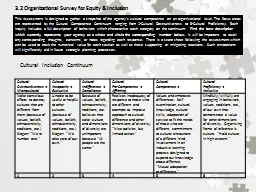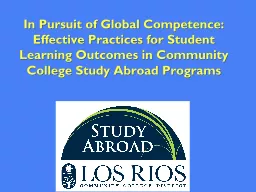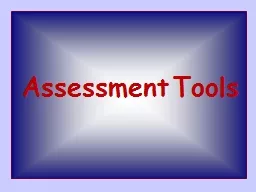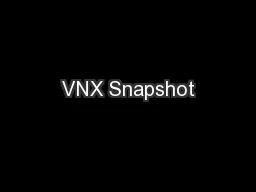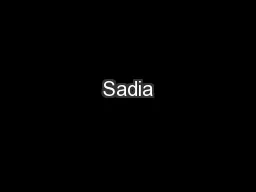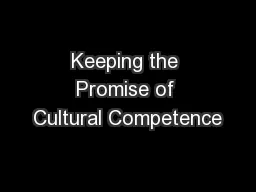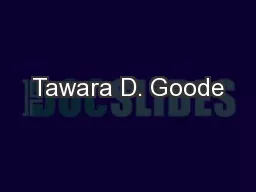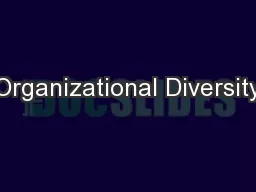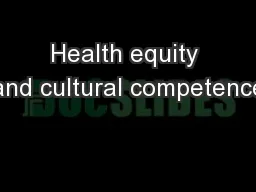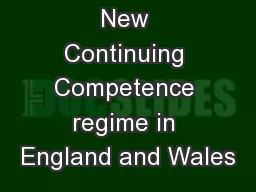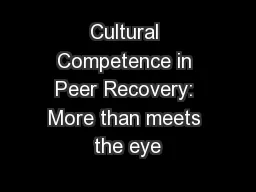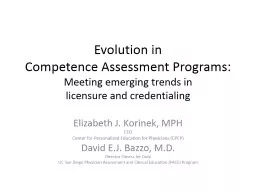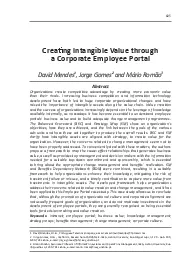PPT-This Assessment is designed to gather a snapshot of the agency's cultural competence on
Author : haroublo | Published Date : 2020-06-19
Find the best description which currently represents your agency as a whole and circle the corresponding number below It will be important to recall any corresponding
Presentation Embed Code
Download Presentation
Download Presentation The PPT/PDF document "This Assessment is designed to gather a ..." is the property of its rightful owner. Permission is granted to download and print the materials on this website for personal, non-commercial use only, and to display it on your personal computer provided you do not modify the materials and that you retain all copyright notices contained in the materials. By downloading content from our website, you accept the terms of this agreement.
This Assessment is designed to gather a snapshot of the agency's cultural competence on: Transcript
Download Rules Of Document
"This Assessment is designed to gather a snapshot of the agency's cultural competence on"The content belongs to its owner. You may download and print it for personal use, without modification, and keep all copyright notices. By downloading, you agree to these terms.
Related Documents

